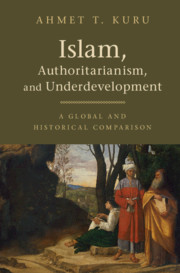6 - Power
Three Muslim Empires (Fifteenth to Seventeenth Centuries)
from Part II - History
Published online by Cambridge University Press: 18 June 2019
Summary
This chapter analyzes how and why the Ottoman, Safavid, and Mughal empires were militarily powerful but economically uncompetitive and intellectually stagnant. It emphasizes that out of the three technologies Western Europeans used effectively – the printing press, nautical compass, and gunpowder – these three Muslim empires employed only gunpowder effectively. The chapter explains this situation by the dominance of the military and religious classes and the marginalization of the intellectual and bourgeois classes in the Muslim world. In Western Europe, by contrast, the intellectual and bourgeois classes were influential; they played crucial roles in overlapping processes of the Renaissance, the printing revolution, the Protestant Reformation, geographical discoveries, and the scientific revolution, which led to the “rise of Western Europe.” The chapter critically evaluates alternative explanations to both the decline of the Muslim world and the rise of Western Europe.
- Type
- Chapter
- Information
- Islam, Authoritarianism, and UnderdevelopmentA Global and Historical Comparison, pp. 164 - 203Publisher: Cambridge University PressPrint publication year: 2019

